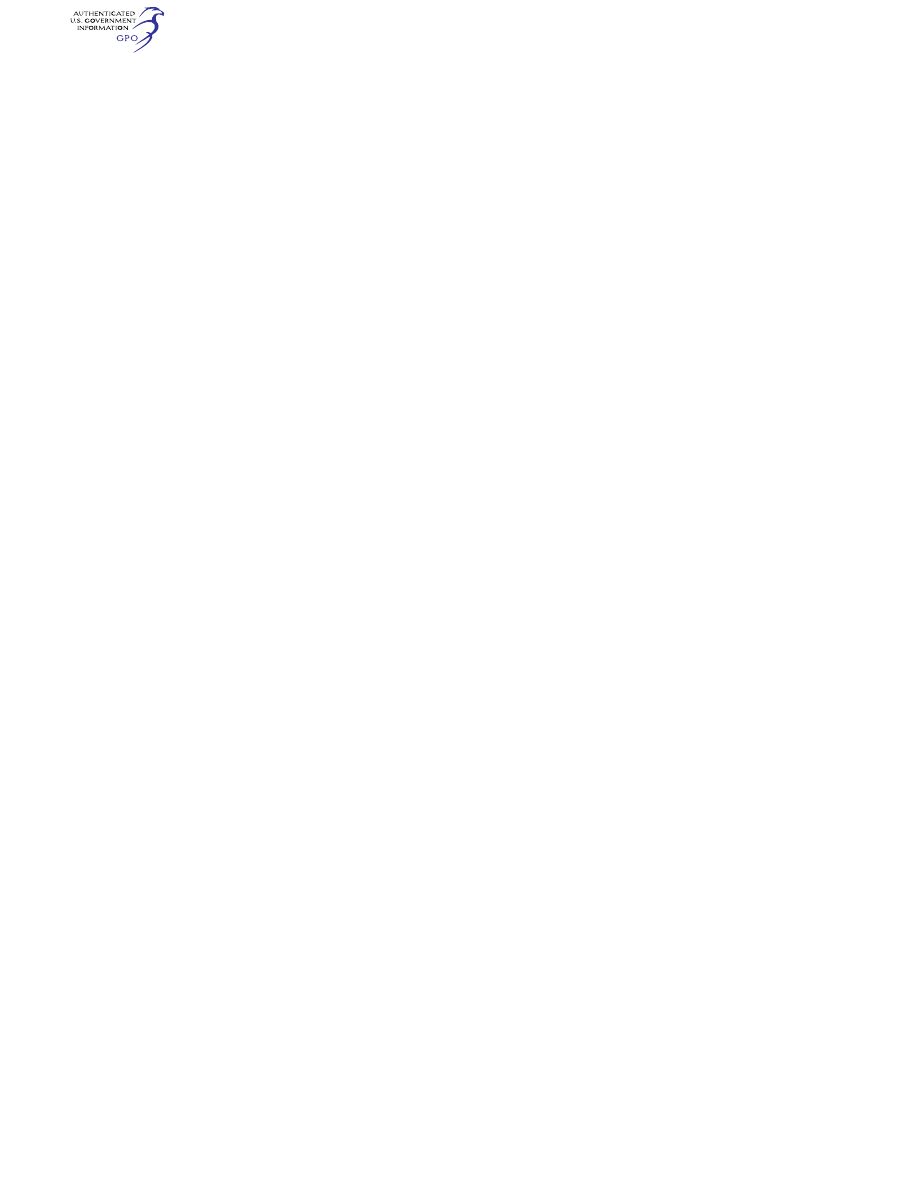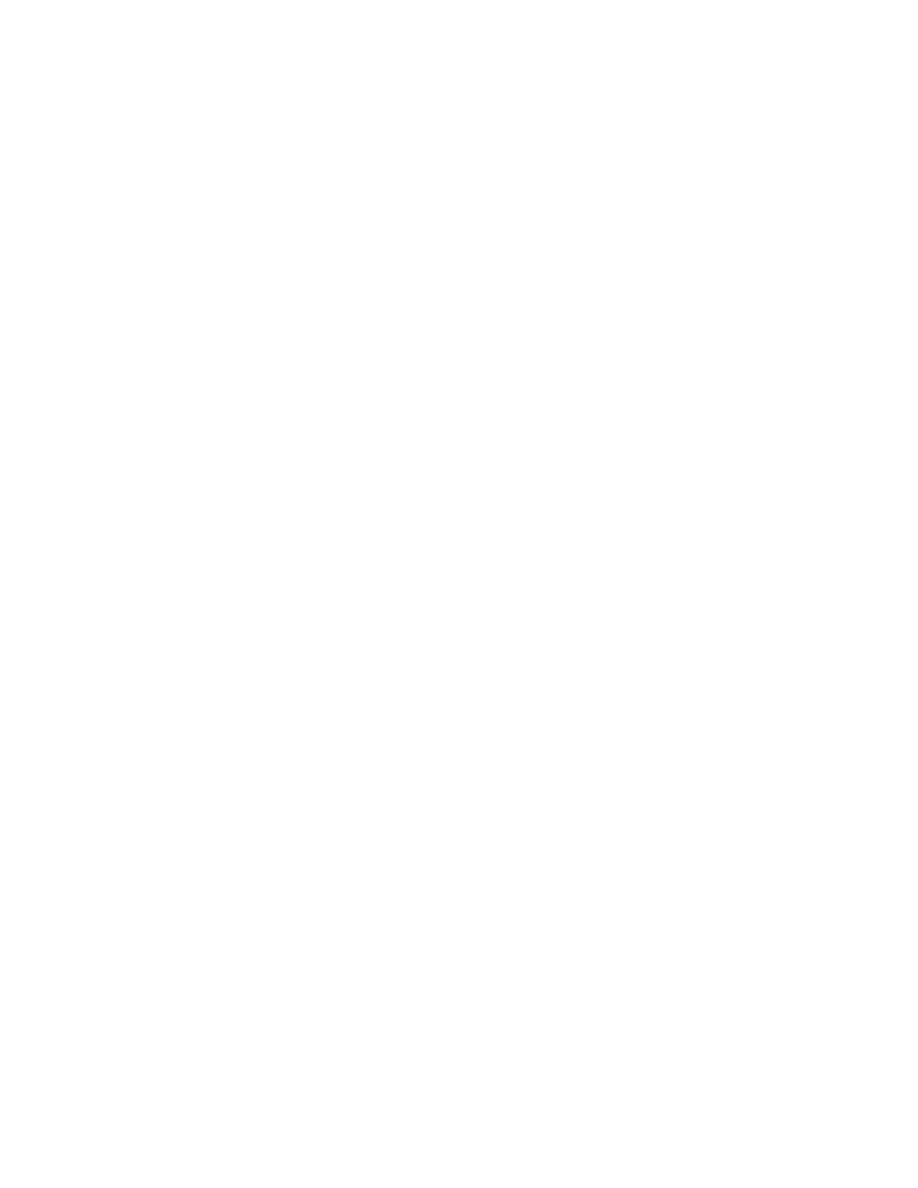
262
14 CFR Ch. I (1–1–24 Edition)
§ 121.1109
airplane beyond the applicable flight
cycle implementation time specified
below, or May 25, 2001, whichever oc-
curs later, unless operations specifica-
tions have been issued to reference re-
pair assessment guidelines applicable
to the fuselage pressure boundary (fu-
selage skin, door skin, and bulkhead
webs), and those guidelines are incor-
porated in its maintenance program.
The repair assessment guidelines must
be approved by the responsible Aircraft
Certification Service office for the type
certificate for the affected airplane.
(1) For the Airbus Model A300 (ex-
cluding the –600 series), the flight cycle
implementation time is:
(i) Model B2: 36,000 flights.
(ii) Model B4–100 (including Model
B4–2C): 30,000 flights above the window
line, and 36,000 flights below the win-
dow line.
(iii) Model B4–200: 25,500 flights above
the window line, and 34,000 flights
below the window line.
(2) For all models of the British Aero-
space BAC 1–11, the flight cycle imple-
mentation time is 60,000 flights.
(3) For all models of the Boeing 707,
the flight cycle implementation time is
15,000 flights.
(4) For all models of the Boeing 720,
the flight cycle implementation time is
23,000 flights.
(5) For all models of the Boeing 727,
the flight cycle implementation time is
45,000 flights.
(6) For all models of the Boeing 737,
the flight cycle implementation time is
60,000 flights.
(7) For all models of the Boeing 747,
the flight cycle implementation time is
15,000 flights.
(8) For all models of the McDonnell
Douglas DC–8, the flight cycle imple-
mentation time is 30,000 flights.
(9) For all models of the McDonnell
Douglas DC–9/MD–80, the flight cycle
implementation time is 60,000 flights.
(10) For all models of the McDonnell
Douglas DC–10, the flight cycle imple-
mentation time is 30,000 flights.
(11) For all models of the Lockheed
L–1011, the flight cycle implementation
time is 27,000 flights.
(12) For the Fokker F–28 Mark 1000,
2000, 3000, and 4000, the flight cycle im-
plementation time is 60,000 flights.
(b) [Reserved]
[Doc. No. 29104, 65 FR 24125, Apr. 25, 2000; 65
FR 50744, Aug. 21, 2000, as amended by Amdt.
121–282, 66 FR 23130, May 7, 2001; ; Amdt. 121–
305, 69 FR 45942, July 30, 2004. Redesignated
and amended by Amdt. 121–336, 72 FR 63412,
Nov. 8, 2007; Docket FAA–2018–0119, Amdt.
121–380, 83 FR 9173, Mar. 5, 2018]
§ 121.1109 Supplemental inspections.
(a)
Applicability.
Except as specified
in paragraph (b) of this section, this
section applies to transport category,
turbine powered airplanes with a type
certificate issued after January 1, 1958,
that as a result of original type certifi-
cation or later increase in capacity
have—
(1) A maximum type certificated pas-
senger seating capacity of 30 or more;
or
(2) A maximum payload capacity of
7,500 pounds or more.
(b)
Exception.
This section does not
apply to an airplane operated by a cer-
tificate holder under this part between
any point within the State of Alaska
and any other point within the State of
Alaska.
(c)
General requirements.
After Decem-
ber 20, 2010, a certificate holder may
not operate an airplane under this part
unless the following requirements have
been met:
(1)
Baseline Structure.
The certificate
holder’s maintenance program for the
airplane includes FAA-approved dam-
age-tolerance-based inspections and
procedures for airplane structure sus-
ceptible to fatigue cracking that could
contribute to a catastrophic failure.
For the purpose of this section, this
structure is termed ‘‘fatigue critical
structure.’’
(2)
Adverse effects of repairs, alter-
ations, and modifications.
The mainte-
nance program for the airplane in-
cludes a means for addressing the ad-
verse effects repairs, alterations, and
modifications may have on fatigue
critical structure and on inspections
required by paragraph (c)(1) of this sec-
tion. The means for addressing these
adverse effects must be approved by
the responsible Aircraft Certification
Service office.
(3)
Changes to maintenance program.
The changes made to the maintenance
program required by paragraphs (c)(1)
